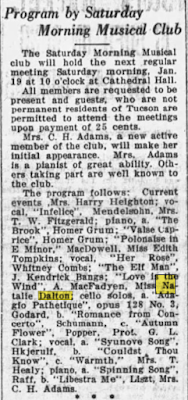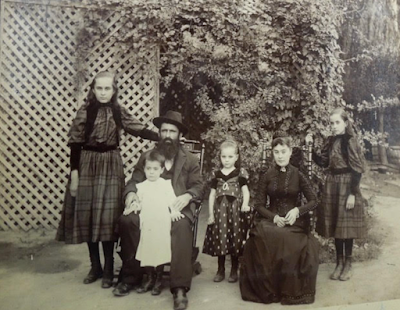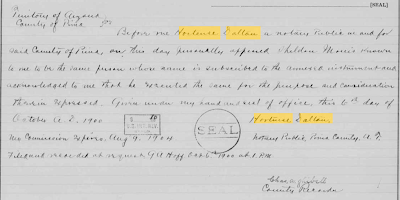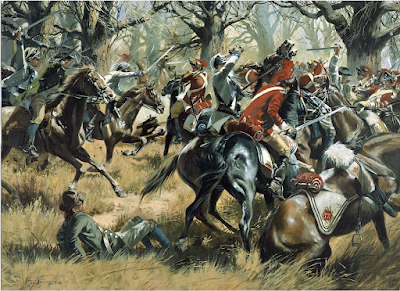 |
| Arizona Daily Star. 23 Mar 1920. |
In February 1920, Natalie Dalton moved to Los Angeles, joining her brother Frank, mother Maria Jesus Francesca Vasquez, and sister Louise. The article above shows a March move, but a later article in September 1920 on the death of Maria Jesus describes how the family left Tucson for Los Angeles. In a sense this was a homecoming for the Daltons, as their grandfather Henry Dalton had made a prominent home for the family in the city. The Dalton archive is part of the Huntington Library collection.
Two years later, Natalie voyaged from California to El Salvador, to visit her brother Winnall Dalton Jr and family. Winnall Jr's story in the banana trade of Central America takes us down a rabbit hole, connecting to a wild set of stories involving guns, a Revolutionary poet and a complicated legacy. I'm not prepared to follow that branch further down the tree, but I am interested in Natalie's travel, and of her sister Louise.
 |
| Tucson Citizen. 26 Jan 1922. |
 |
| Arizona Daily Star. 9 Aug 1922. |
According to the clippings above, Natalie spent six months traveling in Central and South America. She returned to Los Angeles via San Francisco on the steamship Venezuela.
On 1 June 1929, Natalie and sister Louise, sailed on the S.S. City of Honolulu from Long Beach to Honolulu, Hawaii. They were in Hawaii for a month, and returned via San Francisco on the S.S. Malolo on 3 July 1929. The Malolo was later renamed the Matsonia, and was the same ship that
Mary Cox Irvine and her husband William sailed on to Hawaii in 1931. This was definitely a luxury way to travel to and from Hawaii.
In the 1930 US Census, Natalie and Louise were sharing a home in central Los Angeles, between W. Olympic Boulevard and W. Pico. By 1940, the sisters were hosting the six sons of their brother Winnall Jr, in a small home at 911 South Windsor Boulevard.
 |
| Ancestry. 1940 US Census. Los Angeles. |
Natalie and Louise voyaged again to Central America in May 1935, taking the Grace line S.S. Santa Paula from San Francisco to Guatemala and El Salvador.
On 27 February 1945, Natalie flew on an American Airlines flight from New York to Monterrey, Mexico (via El Paso) with her brother Winnall Jr. She returned on a Mexicana flight from Mexicali to Burbank on 8 April 1945.
Her adventurous life came to an end on 29 September 1969 in Tucson.

















































